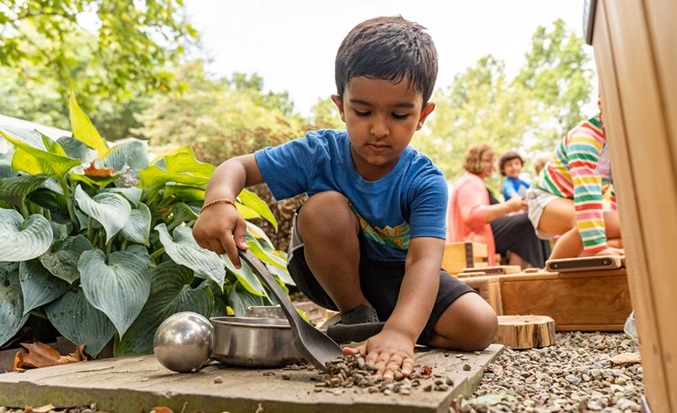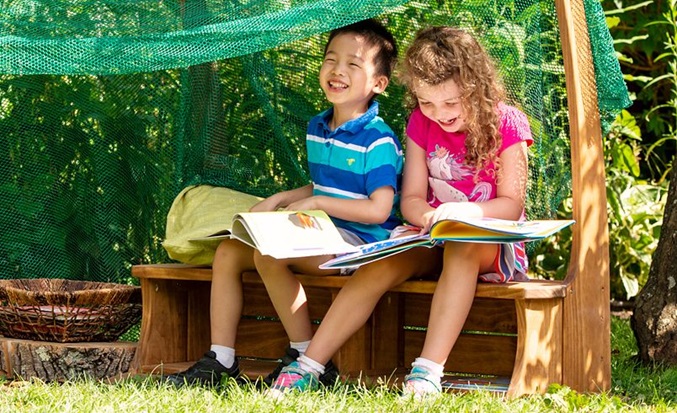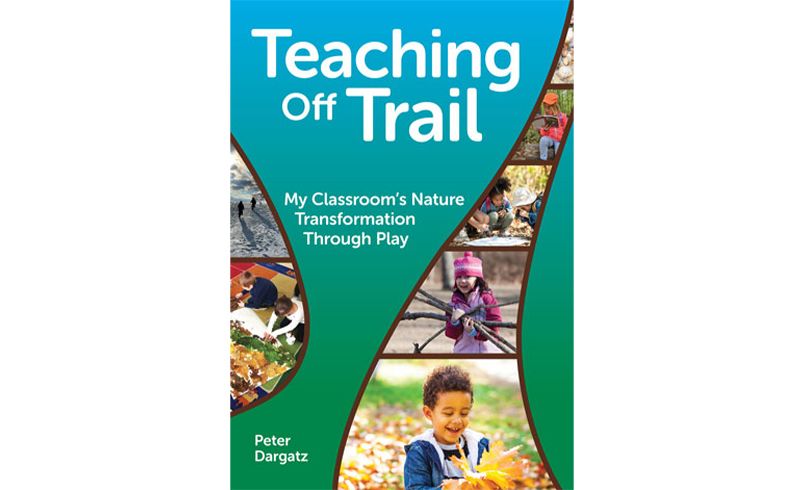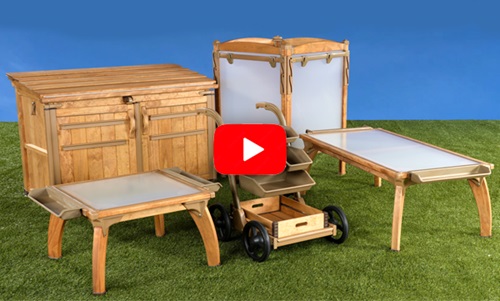Nature's Dozen
| March 2023In his book, Teaching Off Trail, Peter Dargatz shares the amazing evolution of a traditional public-school kindergarten into a nature kindergarten. Although moving your program outdoors may seem like a daunting, insurmountable task, it is possible! In the excerpt below, Dargatz shares twelve, non-sequential steps to take your classroom outside. No matter where you are at on the journey, these insights offer inspiration as well as concrete strategies.
1. Start small.
The journey of a thousand miles starts with one small step.
The idea of taking a classroom of children into the great outdoors can be daunting. Not every teacher is overly excited about the possibilities nature has to offer. Whether it’s fear, inexperience, anxiety, or another factor, someone can always find an excuse to stay in their comfort zone and remain within walls. Growth, however, does not come from standing still. Risk creates opportunity, and with every opportunity comes potential. Therefore, risk creates growth. Taking the classroom outside starts with a single important yet simple step: going outside. Maybe a walk. Maybe a read aloud. Maybe a science observation. Maybe a math lesson. Increasing experience in the outdoors goes hand in hand with increasing appreciation for the outdoors and an increasing appreciation for using the outdoors as a classroom.
2. Change locations, not expectations.
You don’t have to recreate the wheel— just change the direction it takes you.
Once your mind is open to taking the classroom outdoors, start slow and stick with the familiar: do outside what you do inside. Both students and teachers benefit from easing into the outdoor learning experience. Stick to the familiar lesson plan and let nature be there to support the learning. As you get more familiar with the distractions, excitement, and apprehension of going outside, you can better prepare for sustainable outdoor experiences.
3. Make it a routine instead of a reward.
Nature is a right, not a privilege.
School and routines go hand in hand. Teachers tend to be creatures of habit. Making outdoor experiences routine alleviates issues due to inexperience and cultivates innovation. Comfort in an outdoor classroom requires time. Inversely, using outdoor time as a reward inherently eliminates the outdoor classroom’s credibility as a place to learn. Allow the outdoor classroom to be an extension of the classroom, not an entirely separate entity.
4. Roll with Mother Nature’s punches.
There’s no such thing as bad weather, just bad clothing.
Inclement weather should not stifle learning or keep students inside. Both weather and the results of weather can and should be used for learning unless the weather is hazardous. Spending time in all sorts of weather creates unique learning opportunities. Obstacles are opportunities in disguise. As with most everything else, being prepared is essential. Weather’s drawbacks are minimized when you mentally and physically prepare for it. If it’s wet, write or draw with mud. If it’s snowy, search for tracks. Dirt doesn’t hurt and water will dry.
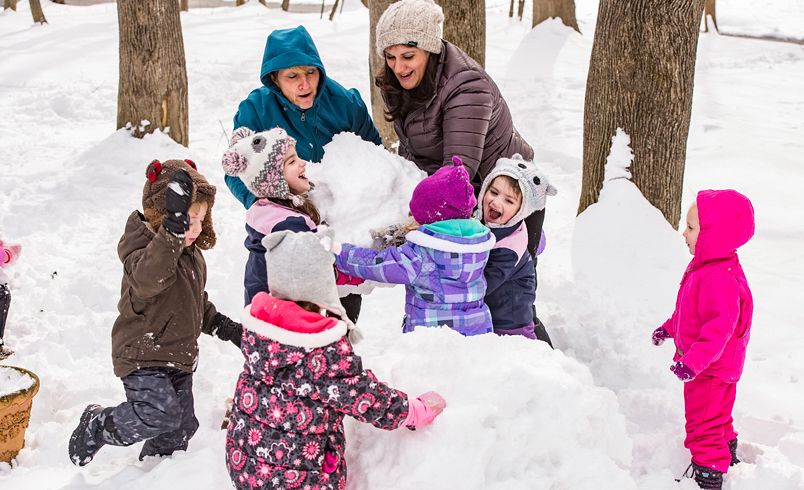
5. Be a proactive problem-solver.
Turn a problem into a possibility.
Knowing the outdoors can be unpredictable, it is wise to be proactive in your preparations. For example, knowing that both children and adults may feel anxious about ticks, you can teach students about the bugs to minimize that fear and increase everyone’s level of comfort. By introducing the concept ahead of time, incorporating it into the classroom, and providing real-world information and strategies, children will fear ticks less. In fact, finding a tick can become a rite of passage. When the students’ fear and anxiety decreases, their families follow suit. While you can’t prepare for everything Mother Nature throws your way, you can and should take the necessary steps to try.
6. Expect and embrace the unexpected.
Learning can come when you least expect it.
Some of the most meaningful and memorable educational experiences come when you least expect them. Flexibility is key. Let nature be the teacher. Intentionally allow for play and exploration. Release the tight grip on control and let students take the lead outdoors. This facilitates a more personalized and engaged learning environment in which twenty-first century skills like communication, critical thinking, collaboration, and creativity can thrive.
7. Bring nature inside.
Mother Nature is the best teacher.
Bringing nature inside can be done both literally and figuratively. Bringing natural items into the classroom for hands-on exploration and use with lessons is always acceptable, especially when weather or other factors inhibit true outdoor exploration. Incorporating natural items in place of typical classroom tools can be as easy as providing sticks and leaves for making patterns instead of counters or pattern blocks. Similarly, teachers can easily incorporate nature into their instruction. Use a book on trees to review text features. Determine the area and perimeter of a garden. Debate the importance of pollinators versus the risks of bees. Nature can and should be connected to the curriculum and cater to real-world, authentic experiences.
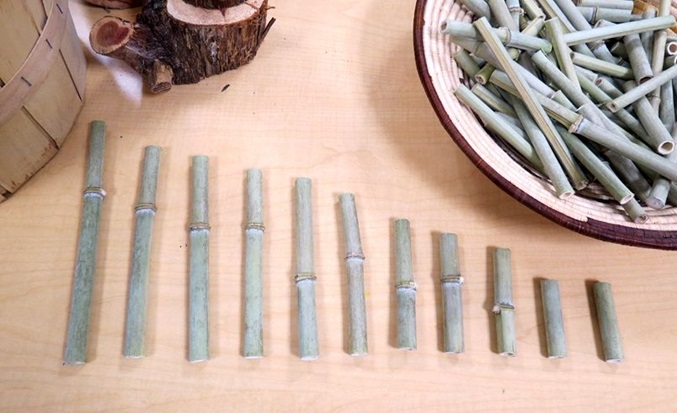
8. Emphasize emergent opportunities.
Power to the young people.
Student interests vary, and engaging an entire class at once can be tricky. However, nature offers a multitude of equalizing opportunities. Children are naturally inclined to connect to the outdoors. When students are given the time, space, and opportunity to experience nature, they display interests and abilities in ways that may have been hidden in a more traditional setting. Teachers can observe their students’ interests and engagement to improve instructional interactions with them. Personalizing the educational experience for children and allowing their interests to lead instruction will foster both deeper connections to educational standards and higher levels of engagement with the learning process.
9. Use your time wisely.
Work smarter, not harder.
Teachers struggle with a lack of time every day. Many feel they have no time to plan. No time to grade. No time to breathe. However, research shows that going outside is a stress-reducer. In fact, taking the classroom outside can improve time management. Cross-curricular opportunities are easily intertwined in outdoor learning. Speaking of time management, research suggests that spending time outside helps students improve their ability to focus as they release pent-up energy. When students release energy, they grow in their ability to focus their minds and attention, which you can really feel when they return to a traditional classroom.
10. It’s all about relationships.
Show your vulnerabilities so they can show theirs.
Students look up to the adults in their life. We teach them so much more than the curriculum. Sometimes, taking time to breathe and relax is essential to cultivating a safe and comfortable learning environment. When teachers step out of their comfort zones, they show their students that they have the freedom and safety to do the same. Relaxing responsibility does not mean lowering expectations, it means taking time to focus on relationships. The relationships between teacher and students. The relationships between student and student. The relationship between school and home. The relationship between students and nature. Using nature to build and strengthen relationships offers unique learning opportunities that just don’t exist if we rely solely on the curriculum.
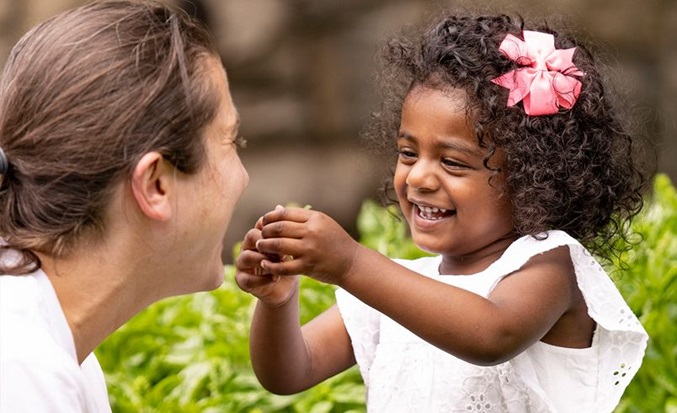
11. Work hard. Play harder!
Children cannot bounce off the walls if we remove the walls.
Play is not easily defined, but it is the ultimate differentiated instruction. Though play means different things to different people, one thing researchers agree on is that play is essential to development. Play is work. We all need it. Children deserve play. Lots of it. When you combine key elements of play and nature, you have a perfect marriage. Nature and play offer whole-child developmental opportunities, and believe it or not, academics are heavily strengthened through play. We are both built to play and built through play.
12. Let kids be kids.
The power of play should lead the way, inside and out.
Through it all, we can’t forget that our job is not merely pushing kids through the educational system. We are here to improve the future. While this may sound like I’m up on a soapbox, it is true, and more important than anything else in this book. It is our responsibility to provide every opportunity for each child to be the best they can be. We must not penalize children for being children. Rather, we should allow children the opportunity to be themselves. Play is the way.
Excerpt from Chapter 7 of Peter Dargatz’s book Teaching off the Trail Redleaf Press, 2022.
Read the book!
Copyright©Redleaf Press. Reprinted with permission. All rights reserved. Visit us at www. RedleafPress.com.
Follow Peter's work at: Teaching Off Trail

